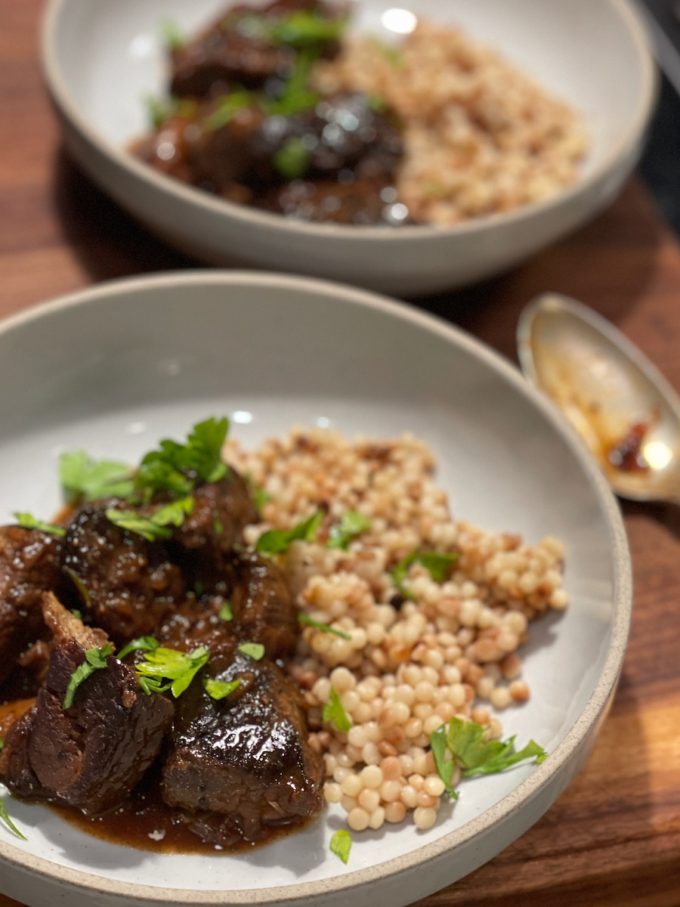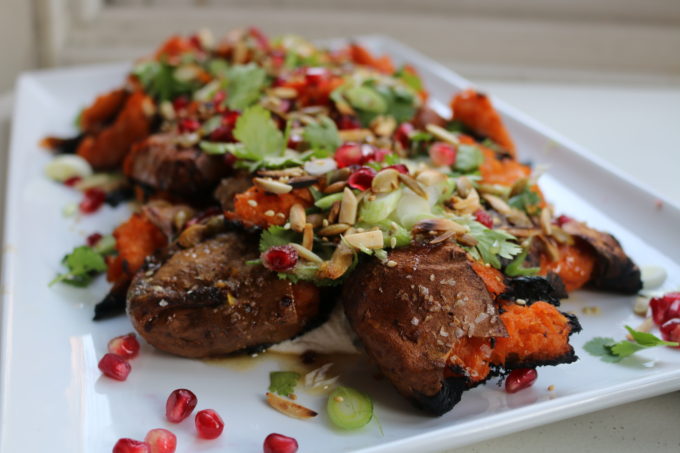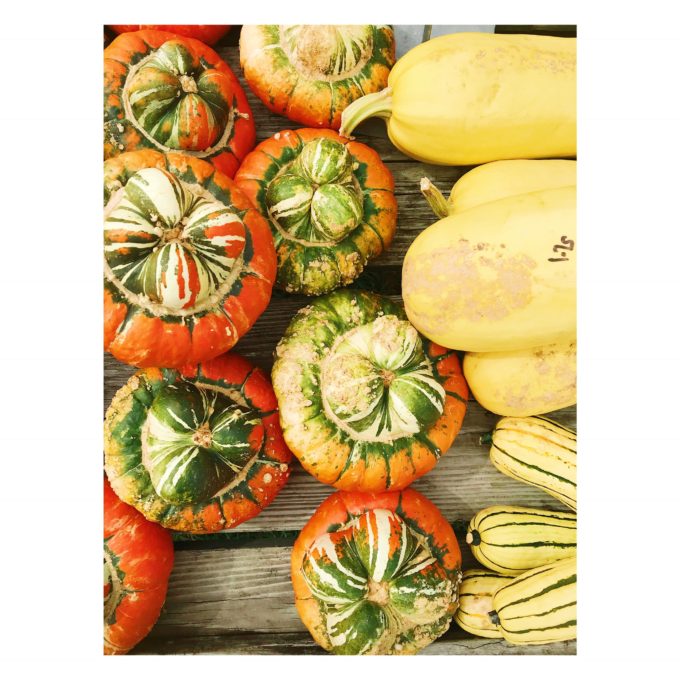
With temperatures finally dipping down into true fall territory here in New York City, we’re entering my favorite cooking season. (Note, I did not just say “season” there, I prefaced it with cooking. These shorter, cooler days? No, no, no, I don’t like where this is headed.)
Our farmers markets are still stocked with tomatoes and eggplant, those beauties of late summer. But tables are also laden with winter squashes, sweet potatoes, cabbages, kale and other cold weather produce.

On top of that, it doesn’t seem sacrilegious to have my oven on for hours at a time. In fact, I want to have it on for hours to combat the cold air seeping through my windows and to fill my home with the comforting smells of something delicious. That’s exactly what inspired this recipe: red wine braised lamb and figs.



